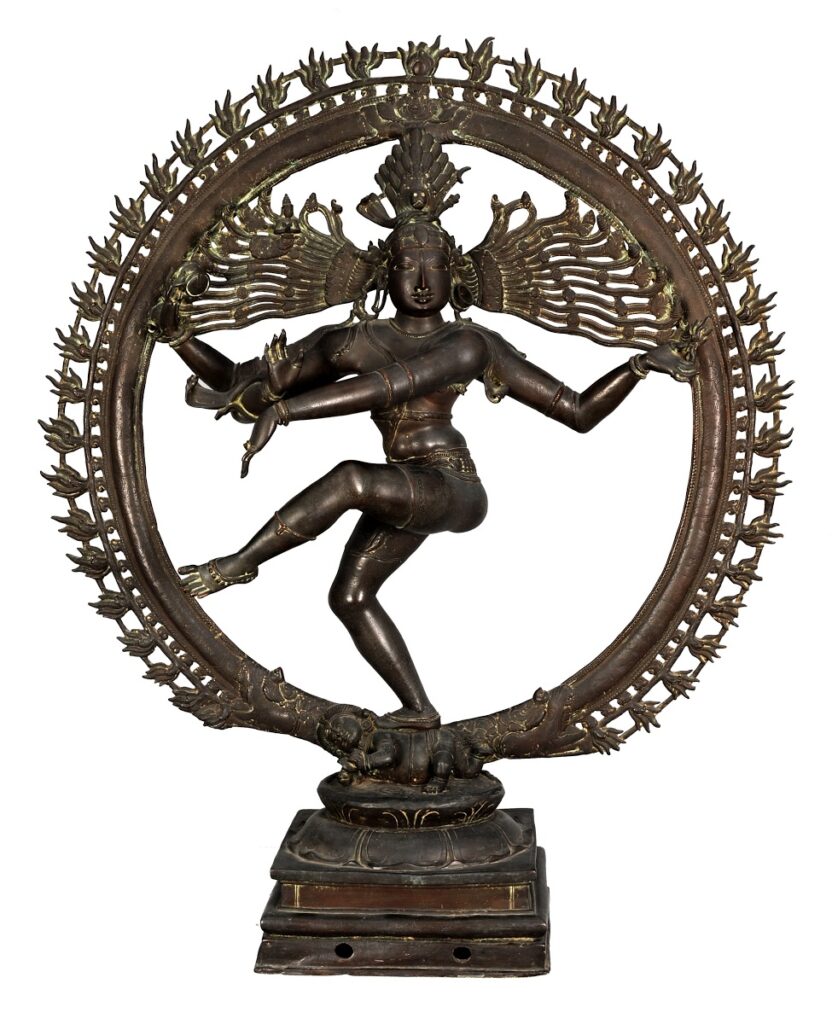Indian Bronze Sculpture
One of the greatest specimens belonging to Indus Valley artwork. It is a bronze sculpture in Mohenjo Daro. This is a bronze sculpture depicting ancient Indus Valley artisans’ outstanding achievements. The figure stands around 4 inches tall. Dating back to 2500 BC. It is claimed to be located in Tribhanga. One of the most ancient bronze sculptures. Daimabad Chariot, around 1500 BC.
North Indian sculptures
The portraits of a different form of Jain were unearthed in chausa, in the year of the second century. At Kushana period It showcases the artist’s ability to model a strong human form. Across northern India, notably in UP as well as Bihar, a stunning portrayal of Adinath Buddha figures was found. During Gupta and Pre Gupta time, the robe, or Sanghati, is placed above his shoulder and turned around the right arm, with another end of the garment covering the left arm. The Buddha idols are dressed simply.


Figures that are youthful and proportional.Dhanesar Khera, Uttar Pradesh: Mathura-style draperies with a succession of descending curves. The Sultanganj Buddha statue in Bihar addressed a negligible curtain. Vakataka pictures from Phophnar, Maharashtra, dating from the Gupta dynasty. Inspired by Southern Amaravati style from the third century.
Monks took these movable pictures to different places for individual worship or installations of viharas. Buddhist and Hindu celestial creatures coexist in Himachal Pradesh and Kashmir. The eighth, ninth, and tenth centuries saw a rise The advancement of a few types of Lord Vishnu created Vaikuntha Vishnu the four-headed mold type that is adored.
Rise of Bronze age
The Bronze Academy which belongs to Nalanda is developed in the ninth century, Period of Pala. In the Bengal and Bihar regions.Avalokiteswara with four arms. The adoration of the feminine form was evident during the Vajrayana period. portraits of Tara were quite famous.
Unique icon present in South India
In the medieval age, in South India, bronze casting and the fabrication of bronze representations of traditional symbols reached their zenith.
The icon of Shiva resting in Ardhaparyanka asana seems to be one of the best of the Pallava era bronzes from the 8th century. He is preparing to ingest venom, with the help of his right hand which represents the Achamana Mudra motion.
South Indian explicitly in bronze sculpture
He is preparing to ingest venom, with the help of his right hand which represents the Achamana Mudra motion. Though bronze pictures were modeled and sculpted in the Pallava era. In the 8th and 9th centuries. the Later centuries created many of the most magnificent and elegant sculptures notably in the Chola period which existed in Tamil Nadu. Bronze picture making is as yet a gifted calling in South India, explicitly in Tamil Nadu’s Kumbakonam locale.
In the tenth century, the Chola Empress Sembiyan Devi was a well-known character. Chola bronze sculptures are widely valued by art aficionados around the globe. During the Chola dynasty, the well-known dancing form of the Nataraja god possess magnificent creations, and various versions of this intricate bronze picture followed.
The Tanjore area holds a vast diversity of Shiva imagery.
The panigrahana ceremony of the wedding is shown beautifully in the Kalyanasundaram Murti from the ninth century. Shiva and Parvati’s union is beautifully depicted in a single picture. The human-sized upright statue of Krishnadevaraya monarch with his wives, Tirumalamba as well as Chinnadevi, was erected in the city of Tirumalambadelivered in bronze in Tirupati during the sixteenth century years, known as the Vijayanagara time in Andhra Pradesh.
The similarity of the face characteristics has been mixed with aspects of idealization in the sculpture. The idealization is also visible in how the physical form is designed to look both intimidating and elegant. The upright Royal couple is represented in the Namaskara gesture made using their two hands in prayer.
